The introduction of Google’s Privacy Sandbox and impending deprecation of third-party cookies are reshaping the ad tech industry – which is undergoing arguably its most significant transformation in a decade.
Two recent industry debates, hosted by The Women in Programmatic Network and IAB Tech Lab respectively, brought together key stakeholders to explore the implications of these changes.
Here’s our key takeaways on the challenges and opportunities that lie ahead.
1. The impact on revenue and reporting
One of the most pressing concerns raised during these meetings was the potential impact on revenue and reporting. For publishers, for instance, “the yield gap between Chrome and Safari inventory is about 25%,” according to one participant.
This suggests that while the removal of third-party cookies may not be as catastrophic as some fear, it will undoubtedly require adjustments to current monetisation strategies.
But time is of the essence. As one industry leader pointed out, “buyers should look at what’s happening to their reporting now.” Shifting to Privacy Sandbox will necessitate new ways of tracking and measuring ad performance, which could pose challenges for advertisers used to relying on third-party cookies.
2. The need for testing and engagement
The IAB urges the industry to start testing tools, emphasising the importance of being prepared, with one participant advising: “if you haven’t started testing yet, IAB Tech Lab has, alongside its [Fit Gap Analysis] report, provided a bunch of tools to help.”
The sentiment was echoed by others, who stressed the need for the industry to actively engage with the changes. As one participant noted, “it’s important to start talking about it internally within your organisations and at least form a steering group, or a collection of two or three individuals, who are focused on it.”
3. The challenge of resource allocation
Transitioning to Privacy Sandbox is not only a technical challenge, but also requires resources to manage. As one participant noted, “this is a serious time suck and an unnecessary burden in many ways.”
Smaller publishers, in particular, may struggle to allocate the necessary resources to navigate these changes. “Publishers might be looking at one or two tech heads [to oversee the transition]. And smaller publishers, who also have less resources to put on direct sales partnerships, are therefore really reliant on the open marketplace and being able to monetise inventory that they have.”
4. The role of Google
Google’s role in this transition has been a topic of much discussion. As one industry leader pointed out, the tech giant has “inserted a new layer of ad tech with literally no oversight, no responsibility, and no contracts.” This raises questions about transparency and governance in the new paradigm.
The sentiment was echoed by others, who expressed concerns about Google’s dominance in the industry. As one participant attested, “quite a lot of us are heavily reliant on Google.”
Indeed, this reliance on Google underscores the importance of ensuring the transition to Privacy Sandbox is fair and transparent.
5. The potential for a new advertising model
Despite the challenges, some industry leaders see the opportunity for a new, more effective advertising model. As one person admitted, “maybe the way we as an industry have been running targeted ad campaigns wasn’t actually that perfect anyway. Maybe there was a huge amount of wastage. Maybe it’s not been great for the planet. Maybe there are better ways of doing this.”
This sentiment suggests a potential silver lining to such a transition. While it will undoubtedly pose challenges, it’s without doubt an opportunity for the industry to reassess current practices and develop more effective, sustainable advertising models.
Google’s response
In a further development, Google posted a riposte to the IAB Tech Lab’s Privacy Sandbox Fit Gap Analysis, acknowledging their effort while pointing out perceived inaccuracies and misunderstandings.
Google emphasised that the Privacy Sandbox aims to enhance user privacy while supporting digital advertising, noting that it’s not designed to be a direct replacement for third-party cookies or cross-site tracking. Instead, it aims to adapt and invent new approaches to meet business objectives without compromising user privacy.
Google addressed technical assessments, clarified misconceptions, and highlighted areas where ad tech providers also need to innovate on top of the sandbox. It also welcomed further collaboration and feedback from IAB Tech Lab and the wider industry, reaffirming its commitment to phasing out third-party cookies by the second half of 2024, contingent on resolving remaining competition concerns.
The road ahead
The transition to Privacy Sandbox is a complex process that raises many questions and challenges. However, it also presents an opportunity for the industry to reassess current processes and develop more innovative ad solutions.
As we continue to navigate this shift, it will be crucial to keep the discussion going and engage with the tools and resources available. The future of digital advertising may be uncertain, but discussions like this will provide valuable insights into the challenges and opportunities that lie ahead.
As one industry leader aptly put it, “whichever way you look at it, it’s going to be an interesting year.”
Indeed, the journey to cookieless solutions promises to be just that.

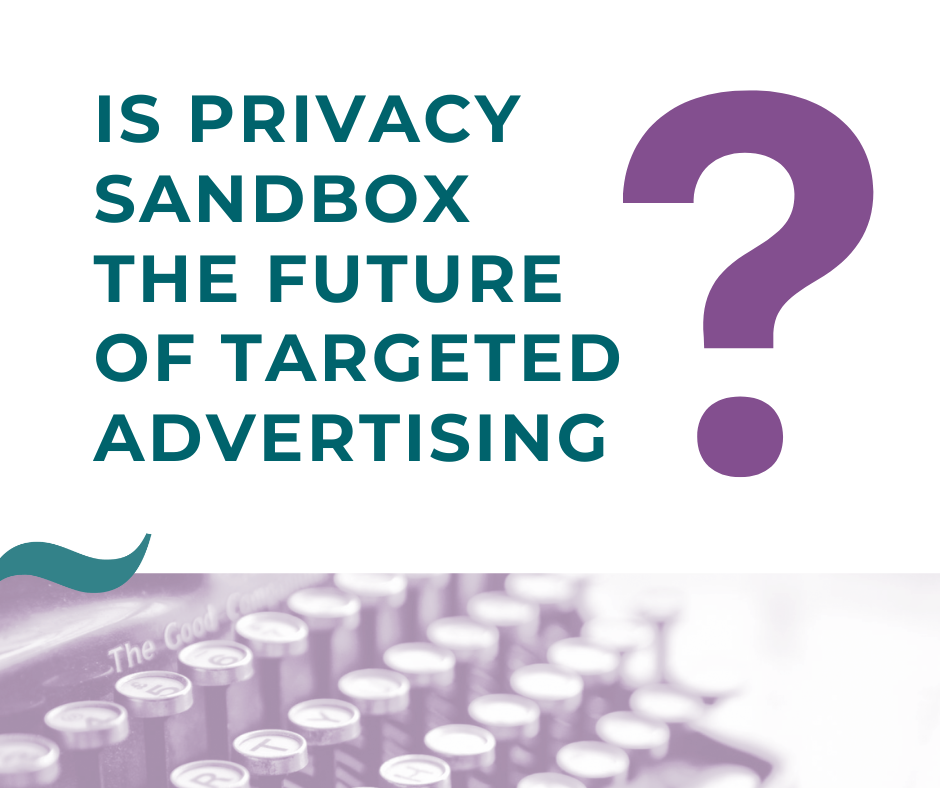
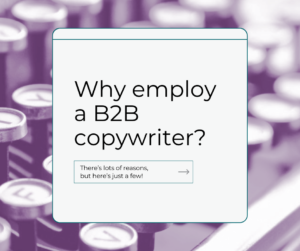
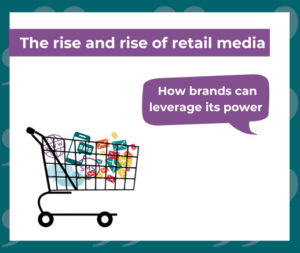
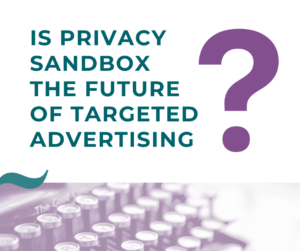


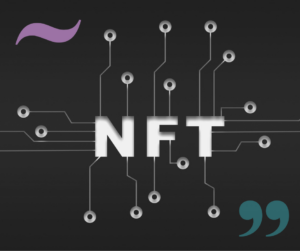

2 thoughts on “Privacy Sandbox: keeping the conversation going in 2024”
Great insights!
Thanks Sean!